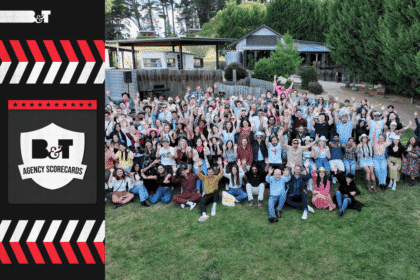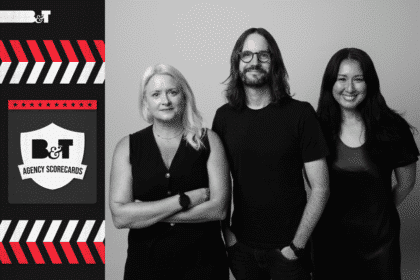Zoe Aitken (lead image) is the head of consulting at behavioural science and innovation consultancy Inventium and has over 20 years’ experience helping organisations develop customer-centric growth strategies and innovation. Here’s Aitken’s top tips for when your innovation ideas turn from fab to flop…
Innovation programs are often unsuccessful. Even though the intent is there, many organisations have unrealistic expectations about what is required to become truly innovation centric. Often, the initial impetus is driven by the leadership team, who have identified innovation as a key strategic pillar or organisational value. And so, the program starts out with great gusto and a lot of hype, however gradually it begins to lose momentum. The team loses motivation as they are not seeing immediate results, and leaders struggle to demonstrate early ROI. And so, resources are reallocated, and innovation ambitions are significantly scaled back. Sound familiar?
Having worked with hundreds of organisations, helping them drive and embed innovation, here are three common mistakes that we often see organisations make when it comes to innovation.
- There are no dedicated innovation resources
While it might seem obvious, you might be surprised by just how many organisations prioritise innovation, but don’t prioritise the resources to make it happen. Employees are expected to magically find additional hours in their day and managers are expected to find additional funds in their already tight budgets.
Making innovation happen requires dedicated people, time, and money. Particularly in the current climate, when employees have never been more time-strapped and ambushed by meetings, finding incremental time to innovate simply won’t happen. The team’s priorities need to be re-examined to carve out time for innovation. And a dedicated innovation fund should also be set up and ring-fenced to ensure it’s not the first thing to go when times get tough.
- Everyone loses patience
Wanting to see immediate innovation results is like going on a diet and expecting all the kilos to drop off in the first two weeks of hard work. They don’t. But we tend to want immediate pay off. However realistically, just like going on a diet, when it comes to innovation, the real changes occur (and importantly are sustained) when it becomes a ‘way of life’.
Innovation is not something that can be checked off a quarterly to-do list before moving onto the next priority. It needs to be embedded, supported, and continually massaged until it percolates across the business and becomes habitual. It requires ongoing, long-term focus and might not start realising returns for the organisation for at least 12 – 18 months. This can be a tough reality when an organisation is resource-stretched and needs to demonstrate immediate ROI.
The trick is to re-evaluate how you measure ROI when it comes to innovation; in the short-term, ROI can be measured on inputs rather than outputs, such as ‘the number of employees trained in innovation’ or ‘the number of new ideas generated’. Focusing on inputs initially, will provide the innovation program with a sense of momentum. And it will also lead to stronger outputs. You just need to be patient.
- Leaders are not on board
It is one thing to say that you are supportive of innovation. But then there is the reality of having to give up budget and your team member’s time to innovate. This is the true test of how dedicated your leaders are to innovation; when they are willing to allocate their resources to make it happen.
To be successful, innovation must be driven from the top. Innovation rarely gains traction in an organisation when it is being driven by a single passionate leader, while everyone else is knee-deep in ‘business as usual’. To be truly innovation-centric, innovation needs to reach all corners of the organisation, which means that all leaders need to be on board and willing to carve out the necessary resources.
To ensure innovation happens in your organisation, there must be realistic expectations about what is required from the outset. Too often we see organisations giving up and failing to achieve innovation impact, because they want all the innovation accolades without the patience and resources to make it happen. Once your leaders are on the same page, and these three home truths have been swallowed, you are well on your way to innovation success.








